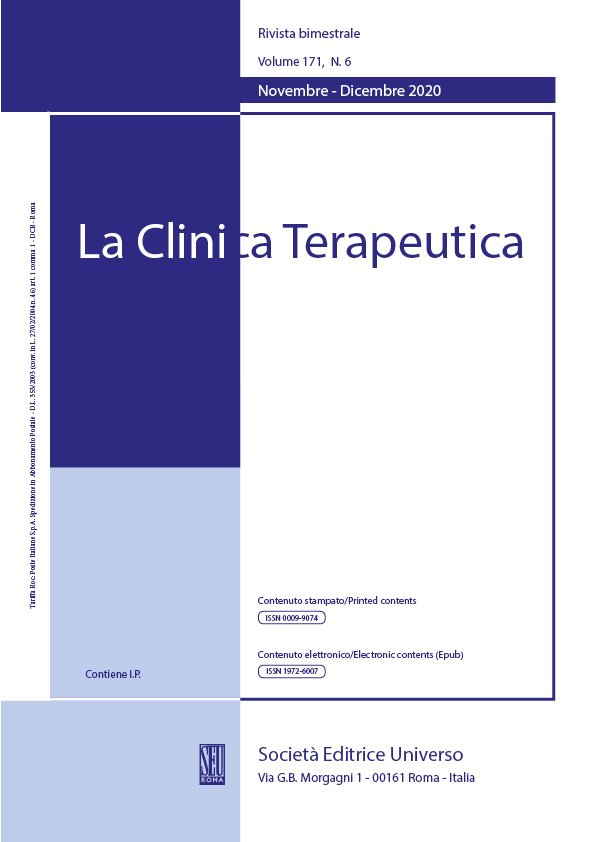Abstract
Purpose: Strong evidence shows that symptoms in individuals with Parkinson’s Disease (PD) restrict both their independence and social participation, leading to a low Quality of Life (QoL). Conversely, a reduced QoL has a negative impact on symptoms. The aim is to evaluate the correlation between QoL and severity of PD by assessing the presence of an optimal cut-off point on the Parkinson’s disease questionnaire (PDQ-39) as related to the Hoehn &Yahr (H&Y) scale in a cohort of Italian adults with PD.
Methods: A multicenter, cross-sectional study was performed. This study was conducted on a cohort of consecutive individuals. All participants were evaluated with the PDQ-39, and the severity of PD was recorded according to the H&Y scale by a neurologist. Receiver operating characteristic (ROC) curves and coordinates, visually inspected, were used to find cut-off points with optimal sensitivity and specificity. These were in turn used to determine the optimal PDQ-39 cut-off score for identifying disease severity according to H&Y stages.
Results: 513 individuals were included in the study. The ROC curve analysis showed that QoL worsened with an increase in disease severity and age. Moreover, QoL was worse in females.
Conclusions: The results of this study allowed for the correlation of QoL and disease severity in a cohort of individuals with PD. With this cut-off point, it is now possible to make a determination of QoL of an individual with PD at a certain stage of the disease, in a specific age range, and of a particular gender.
